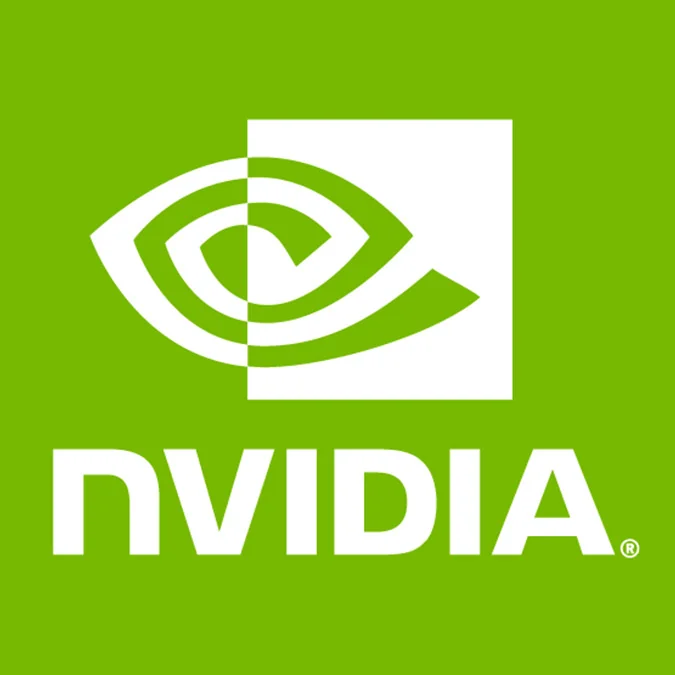NVIDIA Announces Turing-Based Quadro RTX GPUs As The "World's First Ray-Tracing GPU"

Ahead of the SIGGRAPH 2018 keynote today by NVIDIA CEO Jensen Huang, hitting the news wire minutes ago is word of the new Quadro RTX GPUs. These are the first shipping products based upon their Turing GPU architecture and the products come in the form of the Quadro RTX 5000, Quadro RTX 6000, and Quadro RTX 8000. These GPUs are designed to provide hardware-accelerated ray-tracing and come with new "RT Cores" capable of real-time ray-tracing, Turing Tensor Cores, GDDR6 video memory, NVIDIA NVLink support, and hardware support for USB Type-C and VirtualLink as new display / VR HMD standards.
The NVIDIA Quadro RTX 5000 packs 16GB of GDDR6 video memory or 32GB of memory with NVLink. The RTX 5000 is rated for six GigaRays/second and features 3072 CUDA cores and 384 Tensor cores. This cheapest NVIDIA Quadro RTX card is expected to sell for $2,300 USD.
The Quadro RTX 6000 meanwhile has 24GB of GDDR6 video memory or 48GB with NVLink and delivers 10 GigaRays/second and has 4608 CUDA cores and 576 Tensor cores. This mid-range RTX graphics card is listed for $6,300.
The flagship Quadro RTX 8000 graphics card has the same 4608 CUDA cores / 576 Tensor cores as the RTX 6000 but doubles the memory with 48GB of GDDR6 and 96GB via NVLink. This GPU is expected to retail for $10,000 USD.
These Turing-based Quadro GPUs with GDDR6 memory are expected to begin shipping in Q4. More details at NVIDIA.com.
29 Comments

